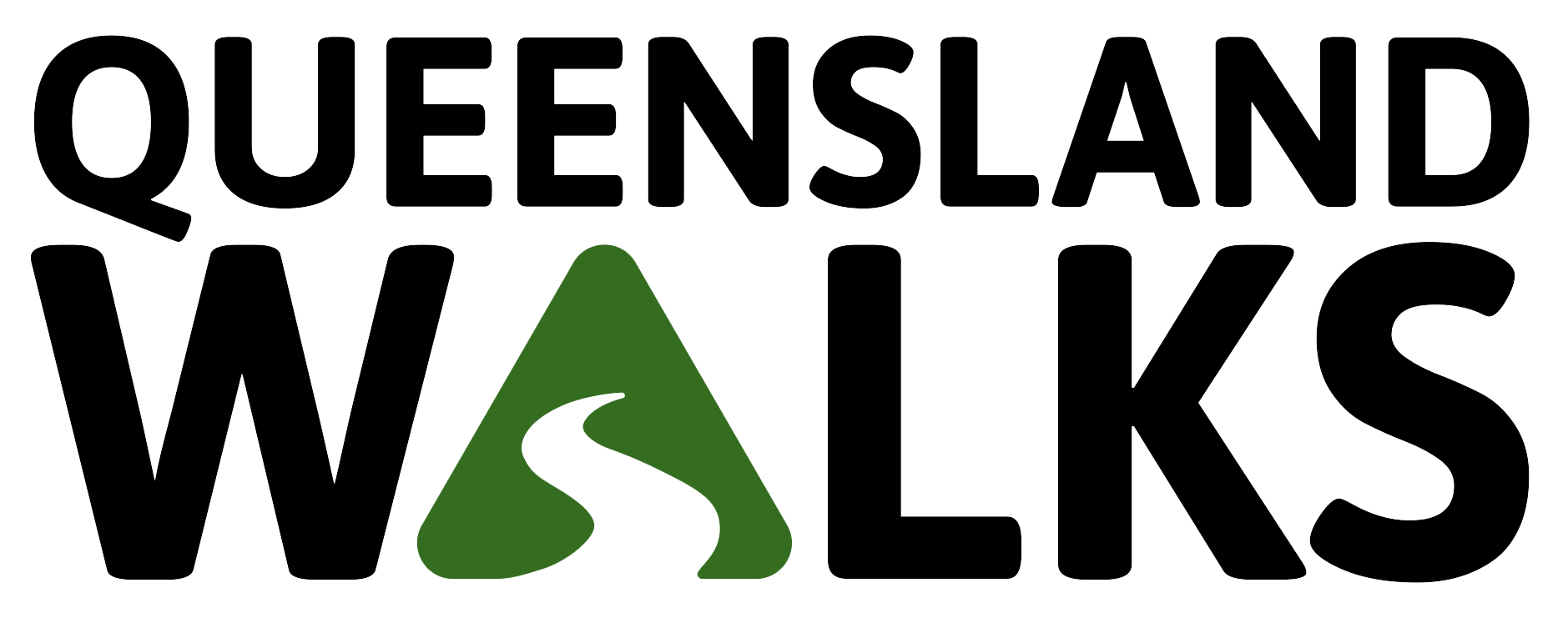Walkability – how do we measure up, and create more walkable communities?
In last week’s blog we discussed what walkability is and why it matters. We talked about how walkability relates to how friendly a place is towards walking, and that it matters because it improves our quality of life. We also looked at the key ingredients research has found to be necessary for creating walkable communities, particularly mixed land use, street connectivity, public transport, dwelling density, parks and open space, and street trees. So, how do our places and the policies shaping them measure up against this evidence-base?
In short – not so great. A recent, international study of 25 cities (including three in Australia) across 19 countries found most did not have planning policies to deliver healthy and sustainable cities. Closer to home, a review of 73 state government policies across Australia’s four largest cities (including Brisbane) found that no city performed well across a set of nine ‘liveability domains’ (many affecting walkability). In many cases, the bar for key policy settings had been set too low, resulting in built environments falling short of what evidence-based guidelines state are necessary for creating walkable, liveable communities (especially in city’s outer suburbs). And while some had targets in place, many were not tracking progress towards achieving their liveability goals, which is important because what’s measured matters when it comes to improving walkability.
Clearly, a lot more work is needed to ensure cities are acting beyond ‘liveability branding’ to achieve their aspirations of creating healthy communities. Fortunately, Queensland should see more walkable neighbourhoods in future thanks to policy initiatives introduced in recent years. The Queensland Walking Strategy 2019-29 has been adopted across state government departments, aiming to empower everyone in choosing to walk every day. A number of existing initiatives from the initial action plan will be continued as part of the strategy’s current two-year action plan, in addition to introducing new initiatives including developing a Movement and Place Policy and projects looking into more opportunities for street trees and shade. In addition, the Model Code for Neighbourhood Design introduced in 2020 requires new residential developments to deliver key elements for walkable neighbourhoods. Queensland is taking some great strides towards creating walkable neighbourhoods, and while there are some great pockets with high walkability across the state, much more work is needed for greater walkability in less walkable places, particularly in relation to minimum density requirements and access to public transport.
Together with state government, the 78 local government authorities across Queensland also have significant power and potential to support the development of healthy, liveable communities. Councils are responsible for more than ‘roads, rates and rubbish’ – many elements of walkability fall in the remit of local government, such as land use mix, parks and green spaces, recreation facilities, street trees, road safety, local footpath networks and more. Councils are interested in supporting community health and wellbeing (particularly physical activity), often working beyond state priorities in response to the values, interests and needs of their communities. This is good news, as there’s much they can do to increase walkability throughout Queensland – especially regarding land use mix, dwelling densities, street connectivity, road safety, street trees and retrofitting existing communities to be more walkable.
Local voices matter to local government in determining their priorities in creating walkable communities, and so it’s important we all step up and speak up if we want more walkability. Most councils have ‘Your Say’ platforms or newsletters where you can sign up to be notified about a range of planning projects seeking feedback of interest to you. Providing your feedback on planning projects like planning scheme reviews and amendments, open space strategies and park masterplans, active transport and walking network plans, and green infrastructure strategies can make a big difference in enhancing the walkability of your community. And if you’re seeking some inspiration, check out the Heart Foundation’s Healthy Active By Design toolkit for many ways communities across Australia have created healthy, walkable communities.
If wading through policy papers is not up your alley, that’s ok, there are plenty of ways we can all improve walkability in our neck of the woods. Some councils provide opportunities like citizens science projects or ‘adopt a tree’ programs where you can participate in planning and activities enhancing the walkability of your neighbourhood. You could also hit the pavement and complete the Heart Foundation’s Community Walkability Checklist for your neighbourhood, or Queensland Walk’s Walk My Street Checklist (for your street), and send your completed checklists to your council for actioning. Or if you spot broken footpaths, street lights out, or other issues affecting walkability on your next walk, use the handy Snap Send Solve App to report them to your council.
Everyone deserves equal opportunity to meet most of their daily needs on foot, have opportunity for social connection and to lead a healthy and active life. Raising your voice for walkability with your council can make a big difference to creating healthy and liveable neighbourhoods for yourself, your family, friends and neighbours. And what better time than Queensland Walks’ Month to put your best foot forward for greater walkability in your community.

Author: Melinda Covey-Hansen
Honours Student at the University of Southern Queensland undertaking research on healthy living policy, place and local government, with 14 years experience in creating healthy communities across local and state government.
Alt text References:
- owe M, Adlakha D, Sallis JF, Salvo D, Cerin E, Moudon AV, Higgs C, Hinckson E, Arundel J, Boeing G, et al: City planning policies to support health and sustainability: An international comparison of policy indicators for 25 cities. The Lancet Glob Health 2022, 10(6):e882-e894.
- Lowe M, Arundel J, Hooper P, Rozek J, Higgs C, Roberts R, Giles-Corti B: Liveability aspirations and realities: Implementation of urban policies designed to create healthy cities in Australia. Soc Sci Med 2020, 245:112713-112713.
- Arundel J, Lowe M, Hooper P, Roberts R, Rozek J, Higgs C, Giles-Corti B: Creating liveable cities in Australia: Mapping urban policy implementation and evidence-based national liveablity indicators. Centre for Urban Research, RMIT University; 2017.
- Department of Transport and Main Roads: Queensland Walking Strategy 2019-2029: Walking for Everyone, Every Day. Queensland, Australia: Queensland Government; 2019.
- Department of Transport and Main Roads: Action Plan for Walking 2022-2024: Walking for Everyone, Every Day. Queensland Government; 2022.
- Queensland Government: Model Code for Neighbourhood Design: A Code for Reconfiguring a Lot. Queensland Treasury; 2020.
- Allender S, Gleeson E, Crammond B, Sacks G, Lawrence M, Peeters A, Loff B, Swinburn B: Policy change to create supportive environments for physical activity and healthy eating: which options are the most realistic for local government? Health Promot Int 2012, 27(2):261-274.
- Browne GR, Davern MT, Giles‐Corti B: An analysis of local government health policy against state priorities and a social determinants framework. Aust N Z J Public Health 2016, 40(2):126-131.
- National Heart Founation of Australia. Healthy Active By Design: Designing for Heart Health. 2022. https://www.healthyactivebydesign.com.au/. Accessed 1 Aug 2022.
- National Heart Foudation of Australia. Community Walkability Checklist: How Walkable is Your Neighbourhood? 2020. https://walking.heartfoundation.org.au/resources/community-walkability-checklist#:~:text=The%20Heart%20Foundation%20believes%20residents%20know%20and%20understand,can%20be%20improved.%E2%80%9D%20How%20to%20use%20the%20checklist. Accessed 1 Aug 2022.
- Queensland Walks. Walk My Street Checklist. 2022. https://queenslandwalks.org.au/walkmystreet/. Accessed 1 Aug 2022.
- Queensland Walks. Report Online – Snap, Send, Solve. 2022. https://queenslandwalks.org.au/reporting-online/. Accessed 1 Aug 2022.
- Queensland Walks. Queensland Walks Month 2022. 2022. https://queenslandwalks.org.au/walkmonth2022/. Accessed 1 Aug 2022.
[/et_pb_text][/et_pb_column][/et_pb_row][/et_pb_section]

